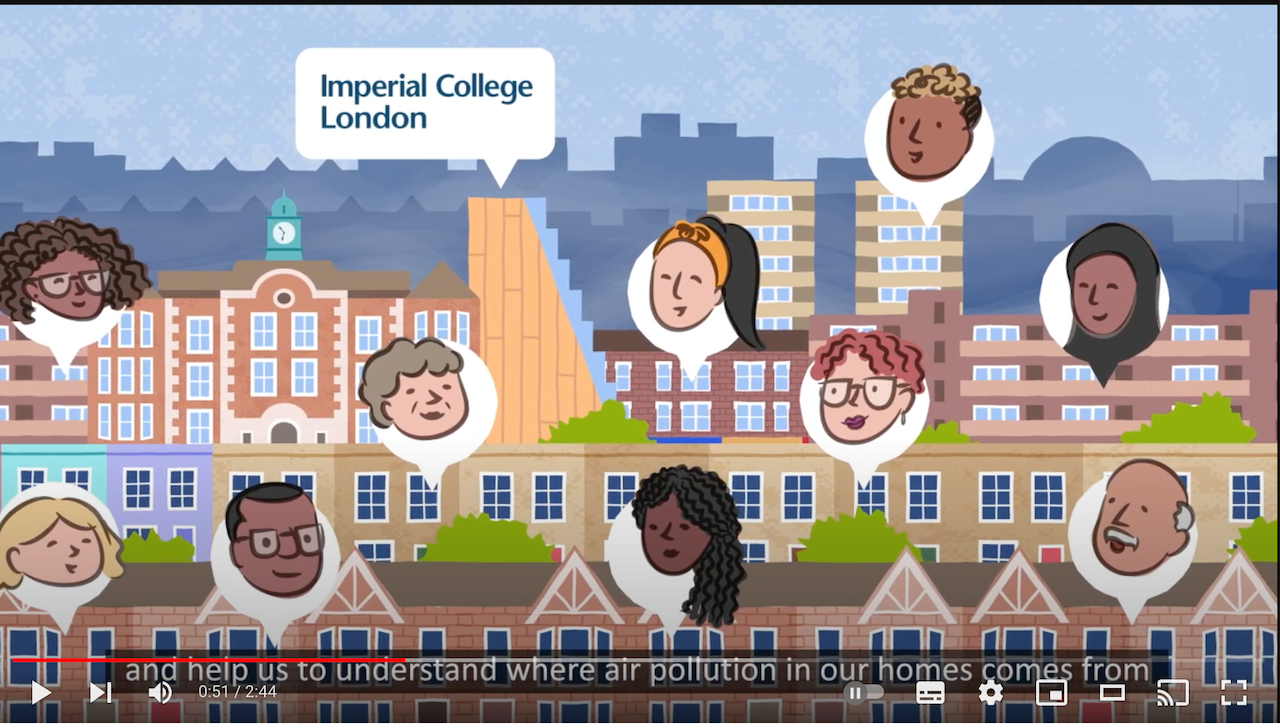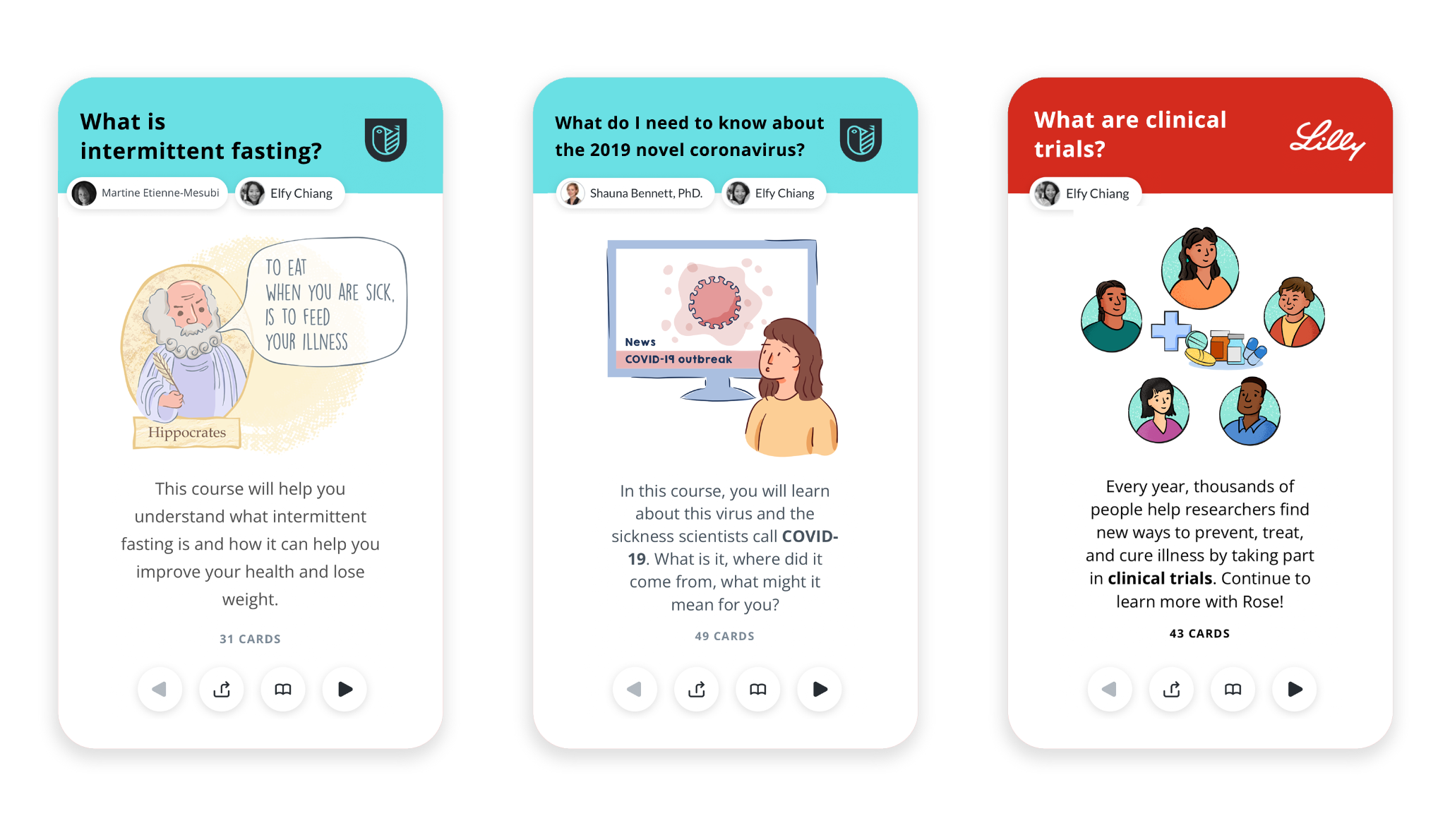How to Work With a Scientific Illustrator
Where can art be applied in science?
Science is full of abstract or complex ideas. However, with the help of visual art like illustrations, infographics, or animations, scientific knowledge can be explained more easily and reach the intended audience more effectively. As a scientific illustrator, I combined my two main passions in life, science and art, to realize my passion for sharing science with engaging visuals and making science more accessible to different audiences.
Art can be applied in so many ways to communicate science. Here I will share some examples taken from my work to show how different forms of visual art can help deliver scientific ideas for a variety of purposes. I create art in illustration, 2D graphics, and animation mainly for projects in Life Sciences. Depending on the intended audience, my work can be divided into two main categories. One is sci-art created for academic science while the other is sci-art for broader audiences.
Sci-Art for Academics
In academic science, scientists often use graphics to share their research findings or ideas. The most common types of graphics I create with scientists are graphical abstractsor graphical figures for academic publishing. Graphical abstracts are particularly popular and important in research articles. It is a visualized summary of the key findings of a research project. Different types of graphics like graphical tables, or infographics can also be used in grant proposals, or in posters and presentations at conferences.
Apart from communicating with peers, research groups sometimes need to engage the public in their research. I have worked with groups where we designed postcards sent via the post to local communities or produced animationsto share online that aim to call for members of the general public to participate in their research.

> Example of a graphical abstract - an image that summarises key findings and published as part of a research article in academic journals. See more examples of graphics created for academic purposes on Elfy’s website.

> Example of an animation created for a research group to call for volunteers from the general public. You can watch the video here.
Sci-Art for Public Outreach
Art can also be as effective in reaching out to non-scientists. Many organizations in healthcare, education, and science communication create educational and informative content for various audiences like children, patients, clinicians and the general public.
One example from my work is flashcard courses created with Lifeology. They work with artists and scientists to create illustrated science stories in health and well-being topics for people without a background in science. We have so far created courses on COVID-19, fasting, diabetes, and more recently a course about monkeypox.
Another example is illustrated fotonovela for telehealth service by health plan providers. These are comic strip-style short stories providing information on home health testing kits or vaccination services sent via mobile messaging. I have also worked with pharmaceutical companies on graphical reports of clinical trials to share trial results with the patients or the general public. Images are powerful tools in communication. And when well designed, they can help deliver messages effectively to the intended groups.

> Example of illustrated science stories created with Lifeology.
How to get started for a sci-art collaboration
Step 1: Outline your project brief
If you are thinking of working with an artist on a science communication project you might want to start by outlining a project brief. This brief should include the basic information and direction of your project and be provided to the artist when you first contact them. It is used to help both of you work out the fee and working timeline. Below are a few main focuses I recommend you include in the brief:
- Identify Your Audience
Who is your audience and what is their background? Are they professional peers, patients, or the public? Are you reaching out to a particular age group? Are they people from a particular area or ethnic community? Your audience determines the narrative and art style of the project. You want to create something that appeals to them and can easily relate to. Knowing your audience also helps you decide which communication channels you use to reach them. Should you focus on social media? Or is mobile messaging better? Maybe your audience group prefers getting information from print media sent through the mail? With this in mind, it is easier for you and your artist to list out the possible visual formats and output you produce.
- Establish Your Purpose
What are you trying to achieve with your project? Are you trying to provide knowledge on a particular topic? Do you want to raise awareness of a particular disease? Or are you trying to reach out to as many people as possible and ask them for participation? Setting a clear purpose or goal can help you evaluate the outcome of your project afterwards.
- Design Your Message
Make sure you have clear take-home messages that you want your audience to walk away with. A way to pin down your key messages is to list them out in bullet points. Be straightforward and keep the list short and the messages simple. This list serves as the backbone of your sci-art project. It is the starting point where you and the artist develop further ideas to complete the project, so try not to get into too many details when you work on this list and save some creative space for the collaboration process. This list is also a great place to look back to if you lose focus or feel you’ve gone off track in the process of creating.
Step 2: Find an artist
When you have set the direction and aim of your project, you can start approaching artists for collaboration. It’s not difficult to find artists online with search engines or social media but it can be overwhelming with so many options available. There are a few ways to filter artists that work particularly in science and here are some places I know. One is to search on social media like Twitter, Instagram, or LinkedIn with hashtags like #scicomm, #sciart, or #sciartportfolio. Another place is the member directory on the sci-art platform, Lifeology. They provide a searchable pool of artists, science communicators, science writers, and scientists, making it easier for those who are looking for collaborators for sci-art projects.
A tip for looking for a good match is to approach an artist who has created work that you like or has an art style that you think is a good fit for your project. Take a look at their portfolio and see what they specialize in as well as the field of science they work in. Someone who mainly creates illustrations in Biology is probably less interested in creating 3D images for an Astrology project.
Step 3: Don’t Forget the Contract
After you’ve talked with your artist about your brief and worked out a fee and working timeline, don’t forget to sign a contract. A contract or agreement should state the payment terms and delivery dates as well as the ownership of the artwork. Normally, the artist owns the copyright of the artwork and the contractor has a licence to use it. This means you are paying for a licence to use the artwork for the stated purposes and not for ownership of the artwork.
However, the contract is there to protect both parties. It is to ensure that the artist delivers what you commissioned and also to ensure the artist gets their payments on time. Most artists have a template contract, so feel free to ask about it. Contracts are especially important for bigger projects where larger fees or longer production times are involved. It is a reminder of what you both agreed on. Also, it’s common for artists to take a deposit before they start. So make sure you understand the payment terms since every artist charges differently.
The sci-art collaboration process
When the contract is signed and prepayments made, the artist can finally do their magic. Every artist works differently and you can ask about their process and what to expect at each checkpoint. But in my experience, the process consists of three main stages: the draft artwork, revisions, and final artwork.
Stage 1 - Draft Artwork
Most artists usually start by producing draft artwork. These can be loose sketches with some indication of the color palette or styling. So don’t expect a fully colored artwork just yet. For illustrations or graphics, this might be line sketch drawings outlining the layout and main elements of the image. For animations, this will possibly be a storyboard showing the main scenes in sketch drawings.
At this stage, focus on the main elements and overall structure of the artwork. This is the stage where you and the artist check if you are both heading in the same direction. It is also the best time to speak up about major changes if any as they are more difficult and more time-consuming to make further down the line.
Stage 2 - Reviewing and Refining
Next, according to your feedback on the draft artwork, the artists should be able to create a more complete version of the artwork in colour and with styling. Depending on the artist, you should be able to have one or two rounds of revision for minor changes from this stage onwards. Revision rounds are usually included in the fee. Some artists charge for extra rounds so make sure you make the most out of the revision rounds and communicate your feedback clearly. Limited rounds of revision are there to help you and the artist work efficiently. So if you are working in a group, make sure you provide collective feedback to the artist at each round.
Stage 3 - Testing and Case closed
After all the reviewing and refining you should be able to get a final version of the artwork. Before you publish or use the artwork, make sure you run some test trials to ensure they come out the way you want.
For digital content, test the images or videos on the platforms you intend to upload. Make sure they look clear and the text is readable in a good size across different devices or screens. Also, be mindful of the image file size if you post online. Make sure they don’t take too long to load as you will risk losing the attention of your audience. This is important, considering not everyone has access to fast internet.
If you created print content, make sure to run test prints before printing them in large batches. Check visibility like colors and text sizes etc. After everything is confirmed, share the art and remember to credit your artist!
A sci-art project can be rewarding to work on both in the process and when getting the results. Be responsive and communicate clearly to your artist. Make sure you are both on the same page at each checkpoint. And finally, just have fun and enjoy!
